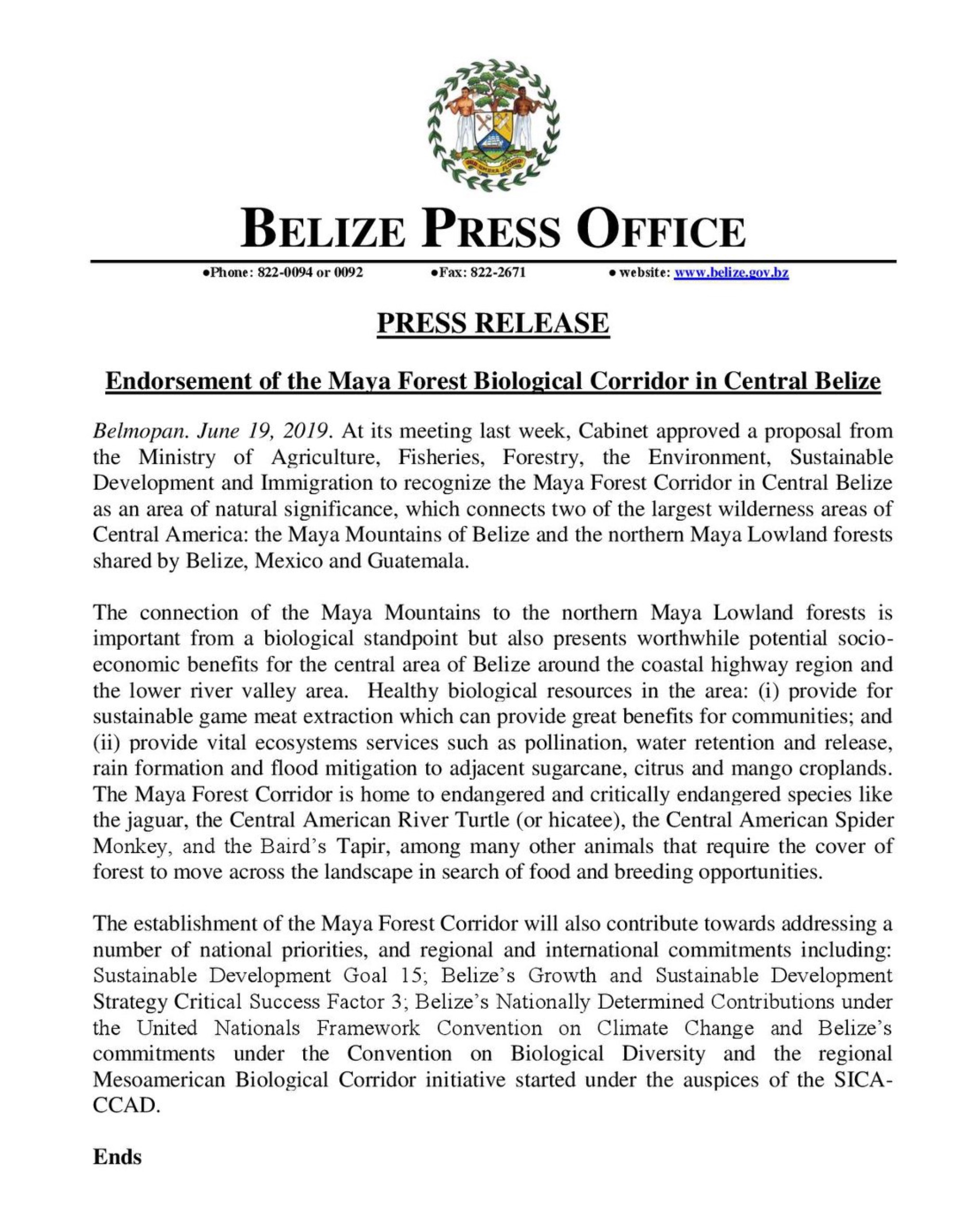
- Sustainable Planet -
- 6mins -
- 343 views
Belize: unprecedented deal to preserve Maya Forest boosts total protected lands to almost 40%
Over a dozen organisations joined forces to protect 236,000 acres (96,000 ha) of land that represents a crucial linchpin in the conservation of the largest remaining tropical forests in the Americas outside the Amazon.
236,000 ACRES of BELIZE’S MAYA FOREST SAVED
Last year, The Nature Conservancy (TNC) and its partners finally closed a $76.5 million deal to protect 236,000 acres (96,000 ha) of rainforest in Belize known as the Belize Maya Forest. Together with the neighboring Rio Bravo Conservation and Management Area, which TNC helped establish in 1989, the forest will anchor an 11-million-acre (4.5 million ha) network of protected land that spans an area roughly the size of Vermont and New Hampshire combined—amounting to almost a third of the entire Selva Maya.
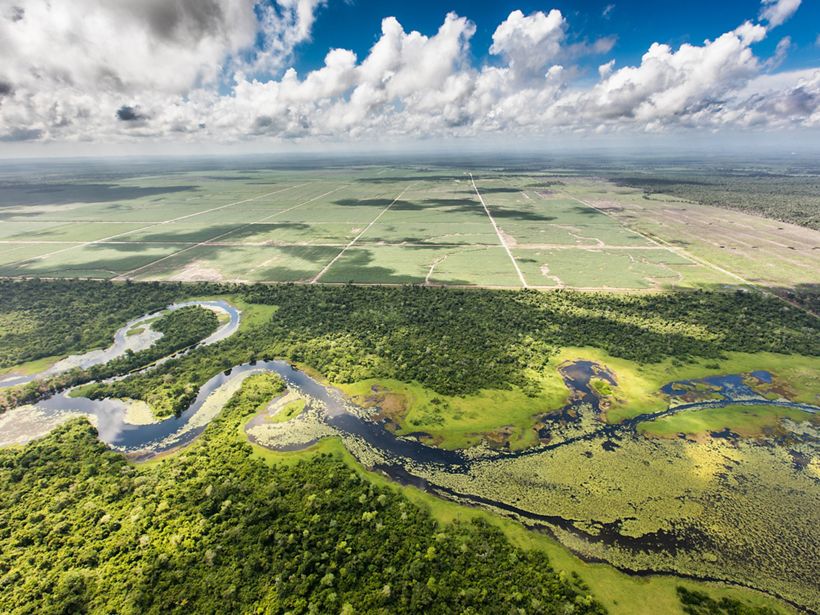
almost 40% of Belize’s landmass now has some level of protection in place
Decades ago, a radical idea was born to protect the Maya Forest in Belize. What if NGOs, the government, community leaders, and businesses could form a coalition to conserve one of the world’s last remaining pristine rainforests?
Last year, say the World Land Trust, that dream finally became a reality when more than a dozen organisations came together to protect 236,000 acres of land that represents an irreplaceable linchpin in the conservation of the largest remaining tropical forests in the Americas, outside the Amazon. This new protected area is contiguous with and nearly doubles the size of the adjacent Rio Bravo Conservation Management Area previously protected through efforts led by The Nature Conservancy.
Combined, it represents 9% of the landmass of Belize and secures a vital wildlife corridor in Central America’s dwindling forests. Together, these new protections will fill a critical gap in a vast forest network called the Selva Maya – 38 million acres of parks and protected areas across Central America. Belize has been at the forefront of land and ocean conservation; combined with previously protected areas, almost 40% of Belize’s landmass now has some level of protection in place.
Source: WorldLandTrust
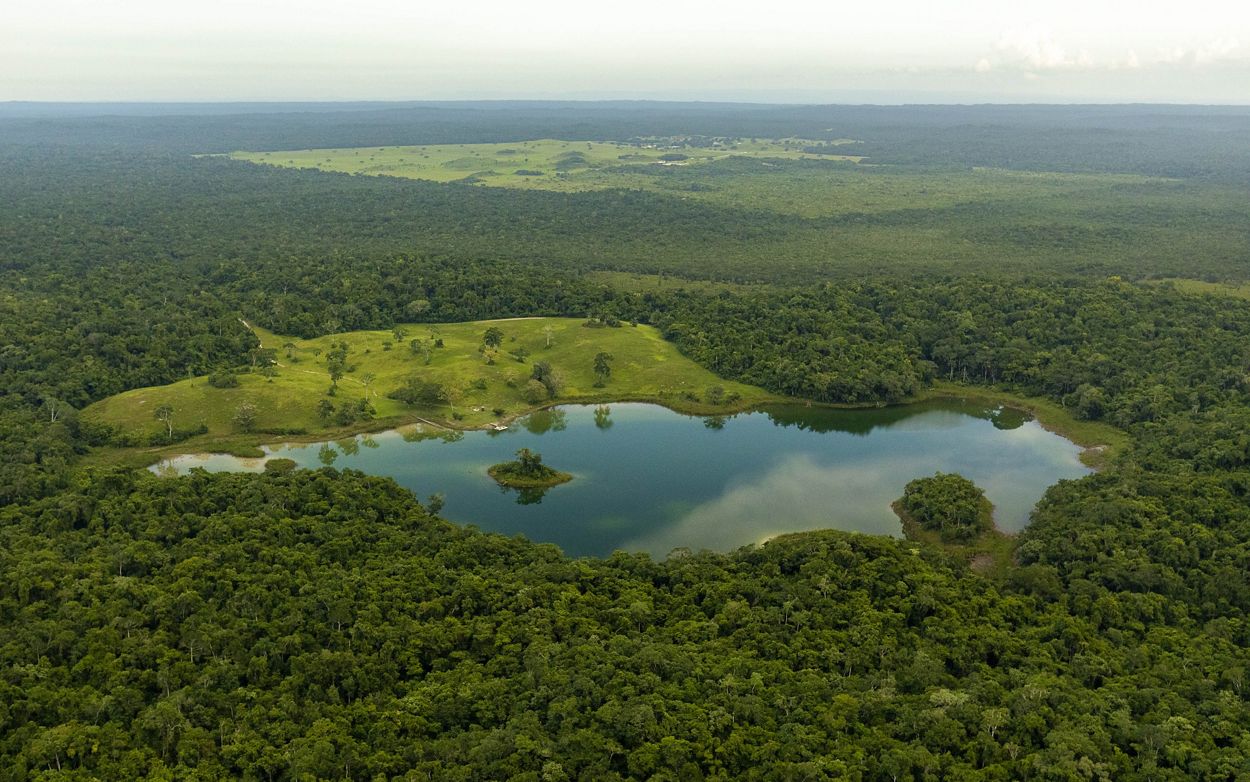
preserving this living carbon reserve represents a natural solution to climate change
Since 2011, the Maya Forest Corridor that connects Belize’s Maya Mountain Massif to the Belize Maya Forest has faced deforestation rates almost four times the national average, driven primarily by clearing land for industrial-scale agriculture. That was the fate that seemed very likely for this tract of land as well, say the World Land Trust.
Securing protection for this climate- and nature-critical ecosystem means preserving habitat for some of the world’s most iconic wildlife species like Jaguar and Ocelot, as well as preserving a significant living carbon reserve that represents a natural solution to climate change.
This project is a premier example of this sort of solution, preserving significant amounts of sequestered carbon that would otherwise be lost due to deforestation, while offering valuable co-benefits, especially to biodiversity.
“In a warmer, more crowded world, the last best places to protect nature for biodiversity and climate solutions are mission critical,” said Dr. Jeffrey Parrish, Global Managing Director for nature protection at The Nature Conservancy. “Innovative and collaborative protection of nature is essential not only for the survival of species like Jaguar, but also for sustainable livelihoods, clean air, water security, and for addressing the climate crisis.”
Natural climate solutions are conservation, restoration and improved land management actions that increase carbon storage or avoid greenhouse gas emissions in landscapes and wetlands across the globe.
Combined with innovations in clean energy and other efforts to decarbonise the world’s economies, natural climate solutions offer some of our best options in the response to climate change.
“Saving ecosystems like the Belize Maya Forest is critical if we’re to succeed in rebalancing humankind’s relationship with the natural world and avoiding the worst impacts of climate change,” says Edilberto Romero, executive director, Programme for Belize.
“Not only will this partnership secure the future of a vital missing piece of the protected area puzzle in Central America’s irreplaceable forests – but also secure the livelihoods of those communities who, like the iconic Jaguar and other charismatic species, depend on this precious region for their survival.”
Source: WorldLandTrust
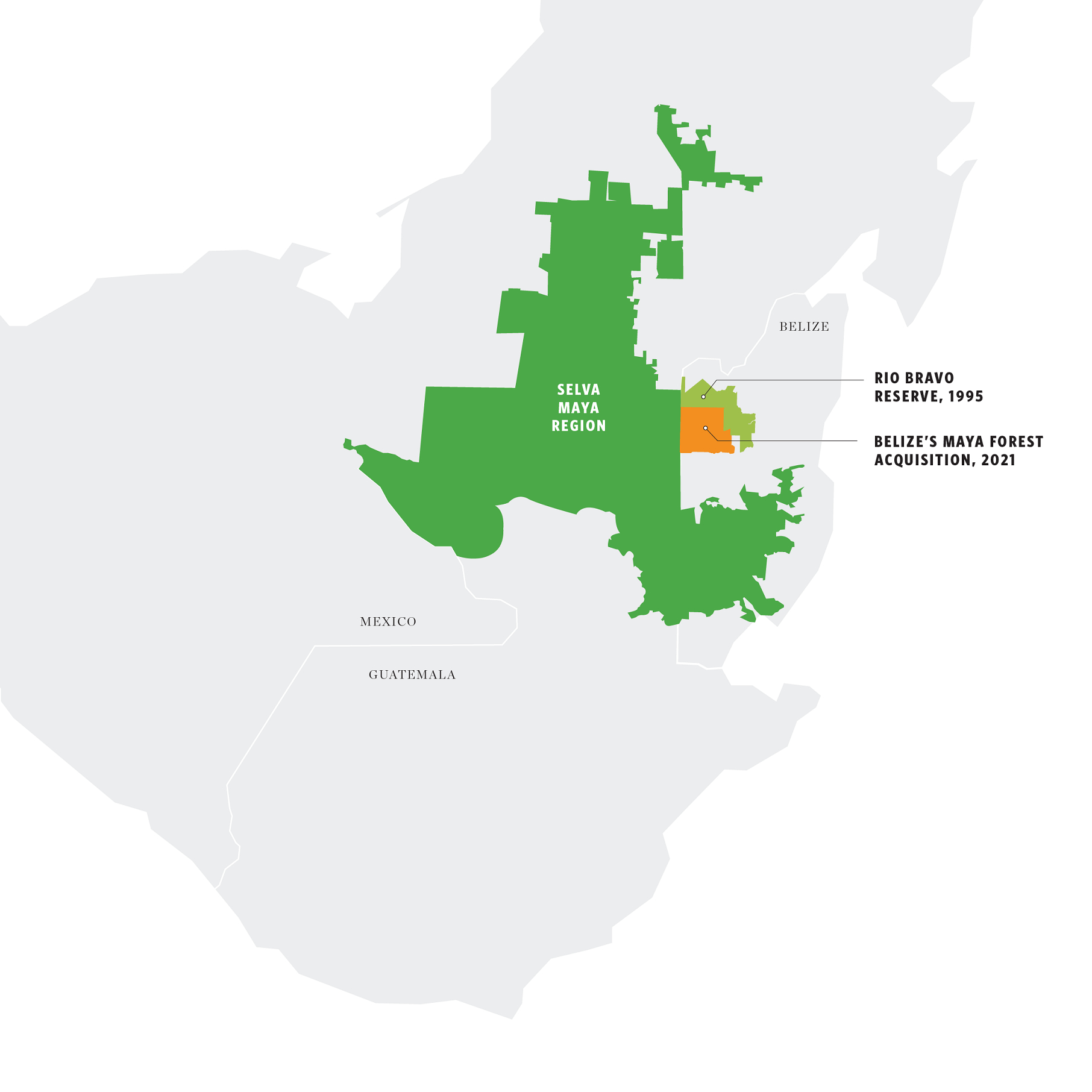
The selva maya
The Selva Maya is part of the Mesoamerican ecosystem, which is now the largest contiguous block of rainforest north of the Amazon and a biodiversity hotspot threatened by increased logging and agriculture. With the help of partners, TNC purchased 236,000 acres (96,000 hectares) next to the Rio Bravo Conservation Management Area.
The combined protected area is a tenth of Belize’s total land area and provides uninterrupted habitat for hundreds of rare and valuable species, such as jaguars.
But that’s not all this area provides: people also benefit from protecting the Selva Maya.
- The forest provides services such as clean air and water security, worth billions of dollars every year.
- The intact forest is a living carbon reserve, a natural and cost-effective solution for climate change.
- Rainforest tourism earns Belize US$15 million every year. In fact, tourism accounts for 40% of their GDP!
- Farms near the forest rely on pollinators that live in the protected areas.
Selva Maya Stats
- 236,000 acres protected (1/10 of Belize’s total land area)
- 400 bird species live here, thousands more travel here
- $15 M in rainforest tourism every year (USD)
- 25% of farms benefit from pollinators in protected areas
Source: Nature.org
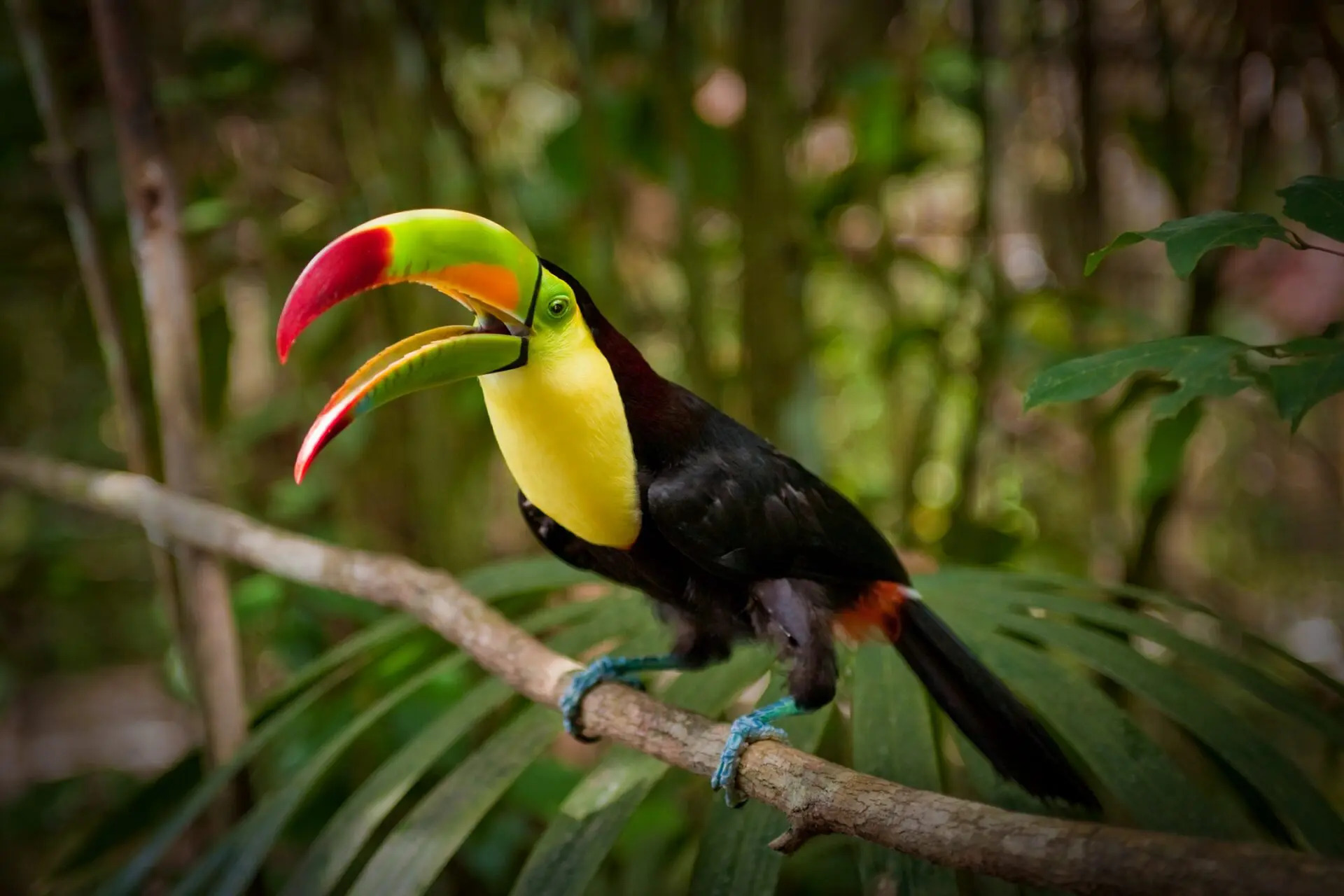
The Belize Maya Forest is a tropical biodiversity hotspot
The Belize Maya Forest is home to 200 tree species across a patchwork of forest, savanna and wetland, as well as more than 400 species of bird, over 100 of them migratory. Charismatic megafauna that depend on this precious ecosystem include tapir, howler monkeys, and spider monkeys – together with some of Central America’s largest surviving populations of Jaguar, Puma, Margay and other native cats.
Partners who made the Belize Maya Forest conservation project possible through years of effort include: Bobolink Foundation, Cornell Lab of Ornithology, Cleary Gottlieb Steen & Hamilton LLP, Corozal Sustainable Future Initiative, International Tropical Conservation Fund, Gallon Jug Estate, Global Wildlife Conservation, Mass Audubon, Programme for Belize, Symphasis Foundation, The Nature Conservancy, Rainforest Trust, University of Belize Environmental Research Institute, Wildlife Conservation Society, World Land Trust and Wyss Foundation.
Source: WorldLandTrust
